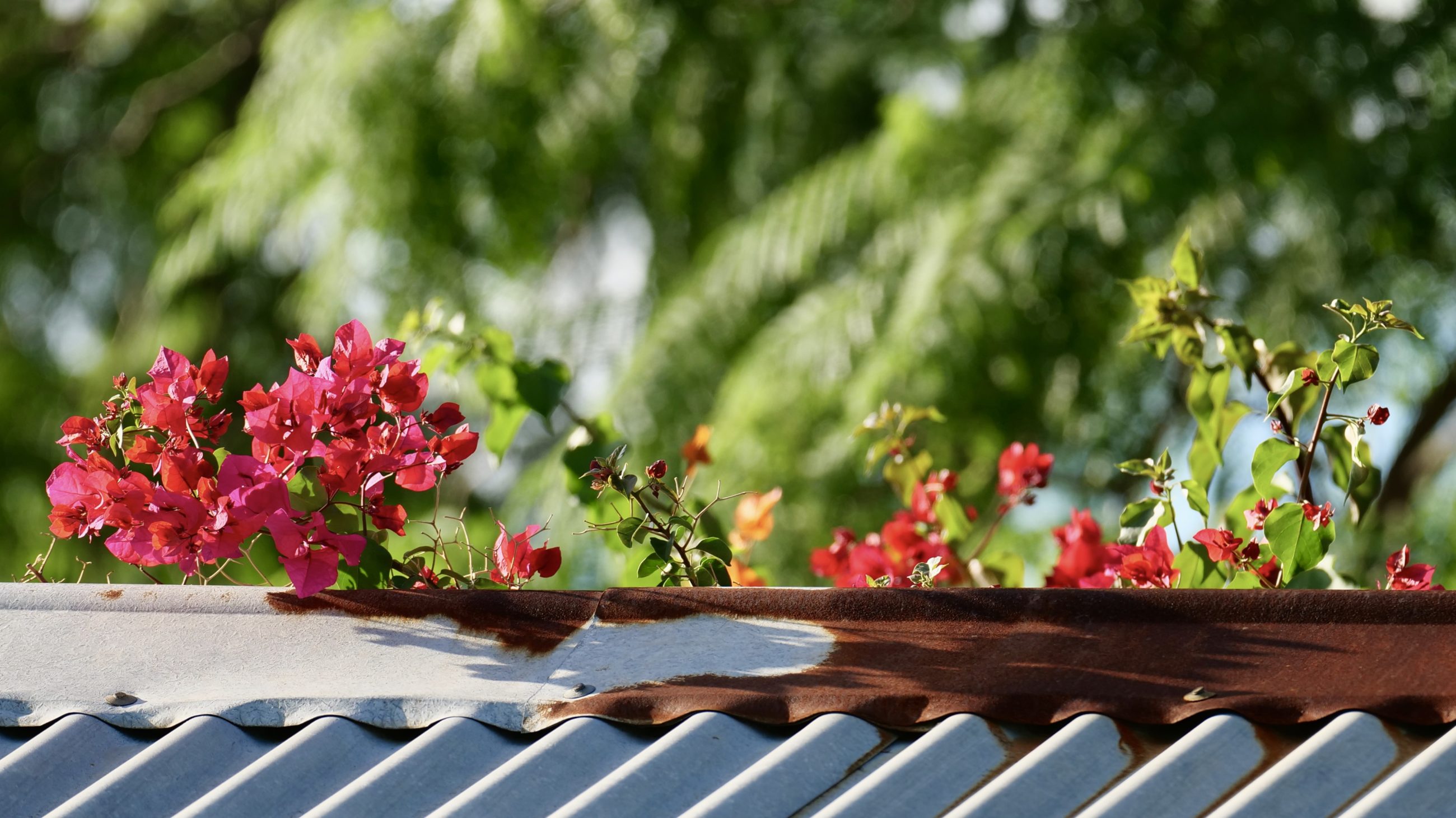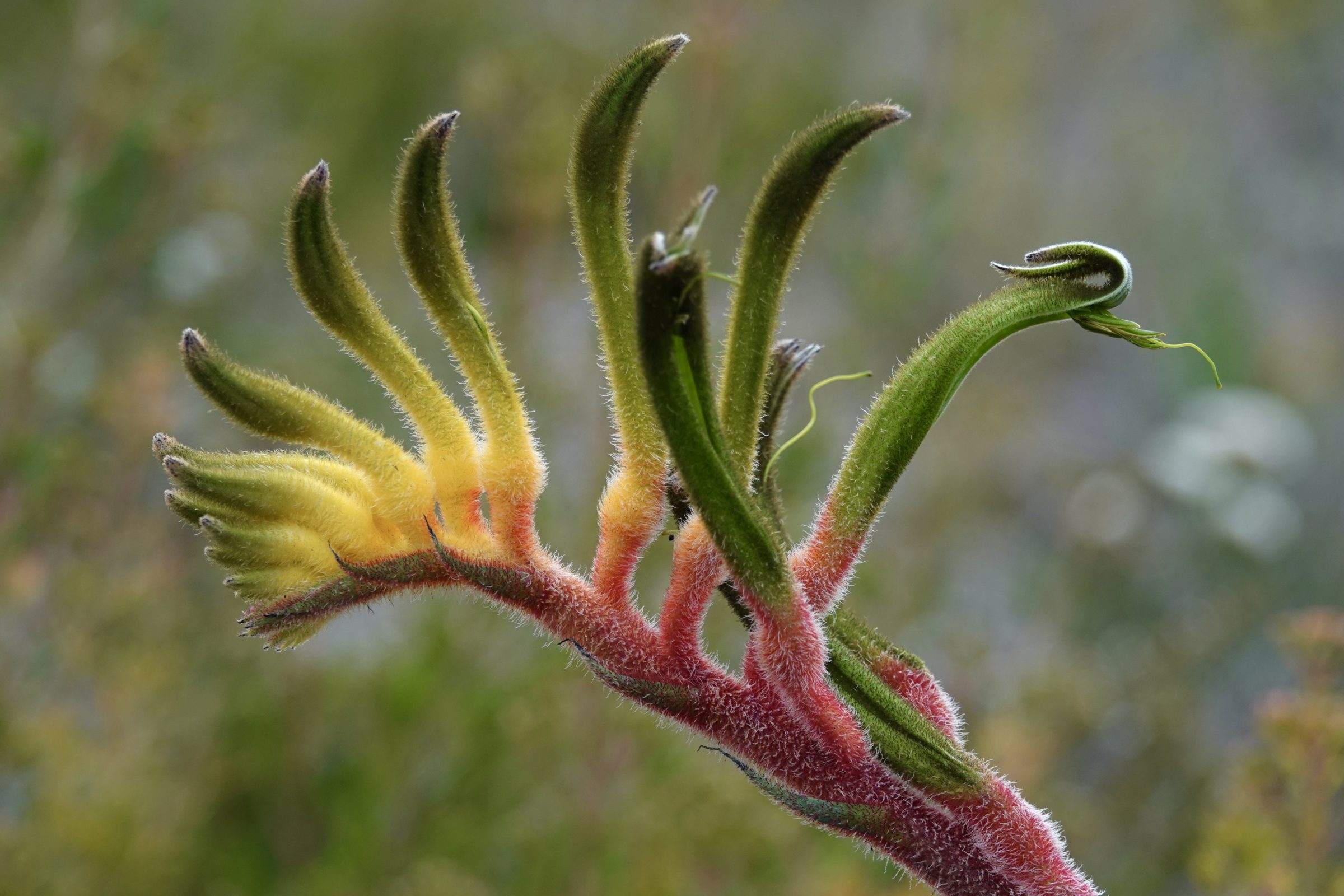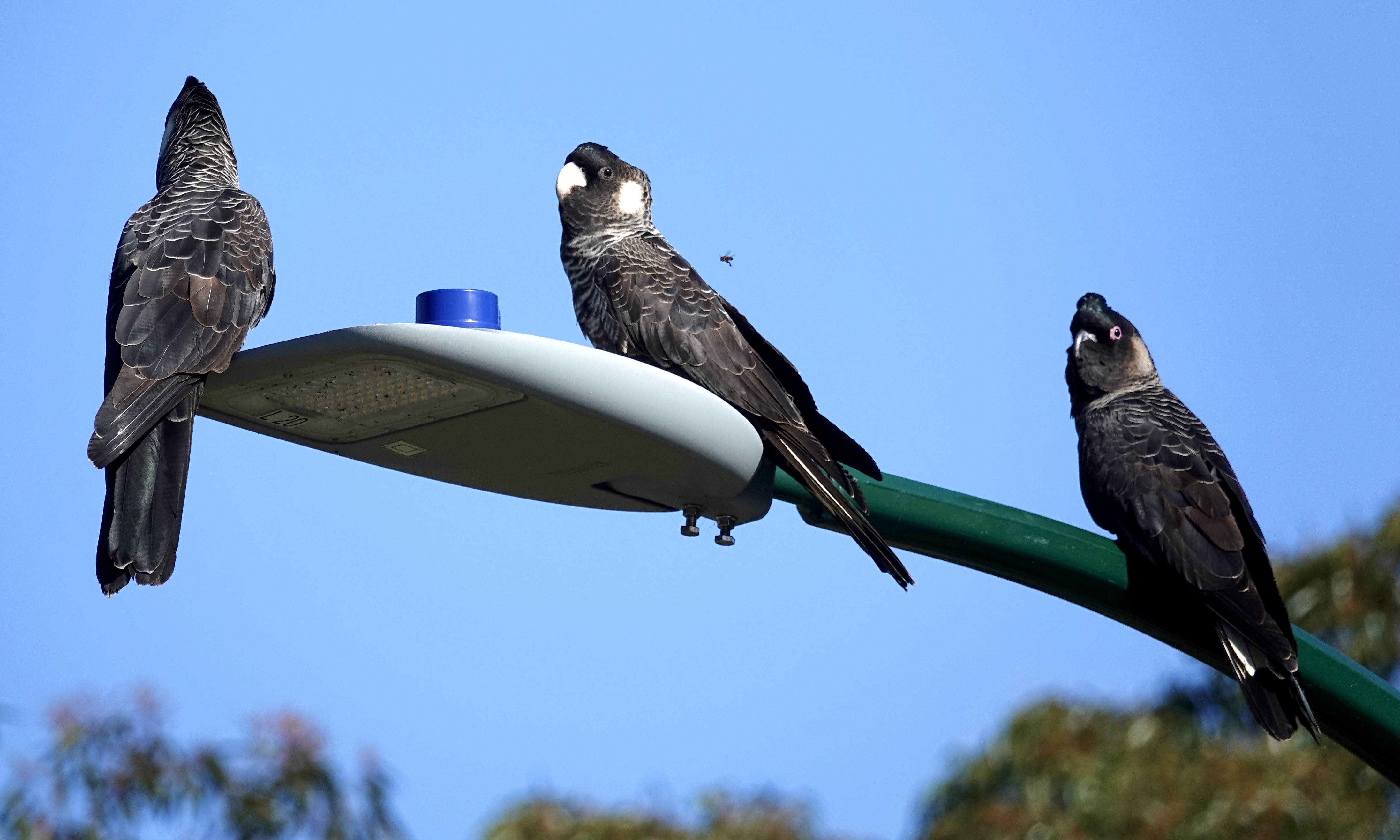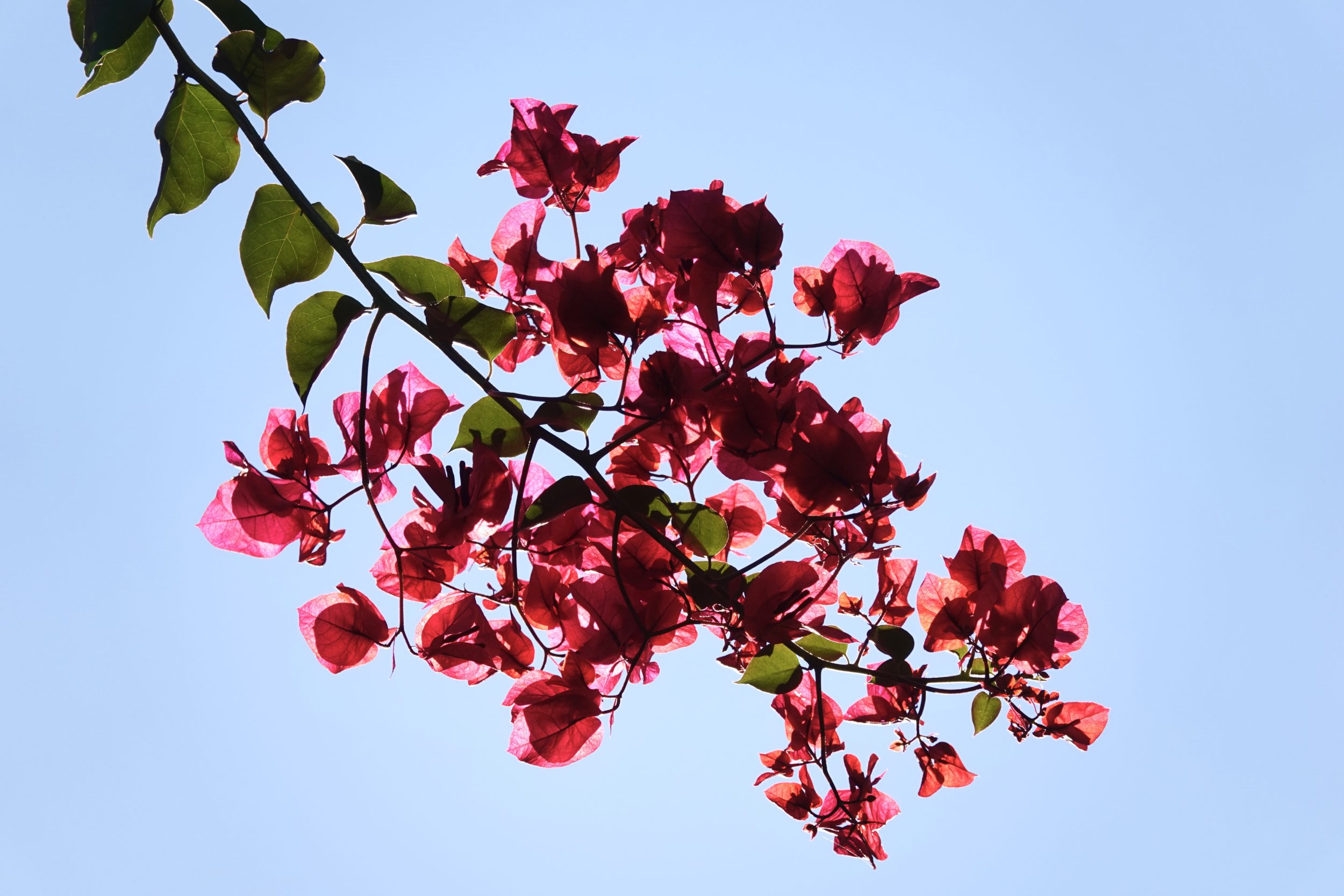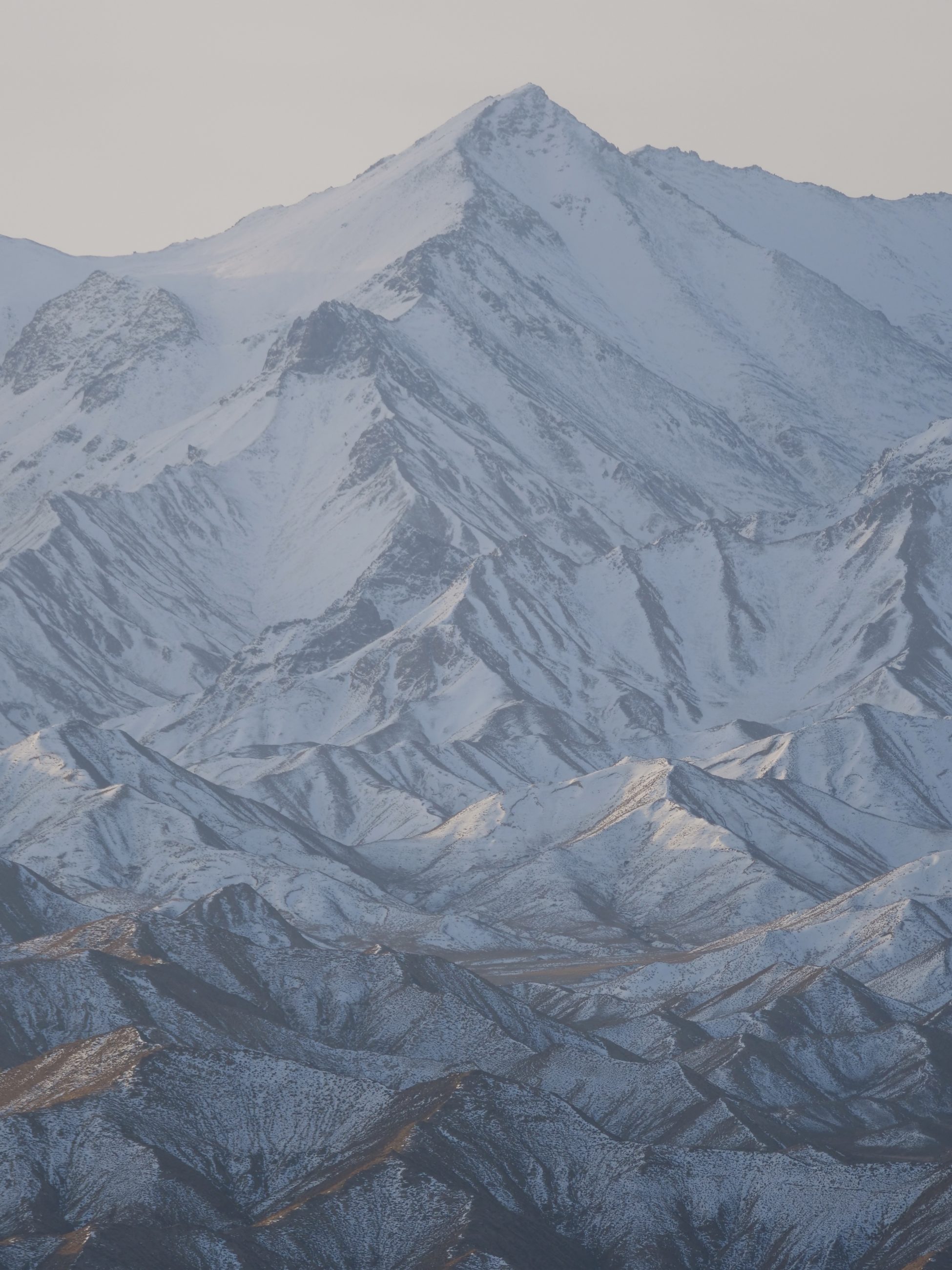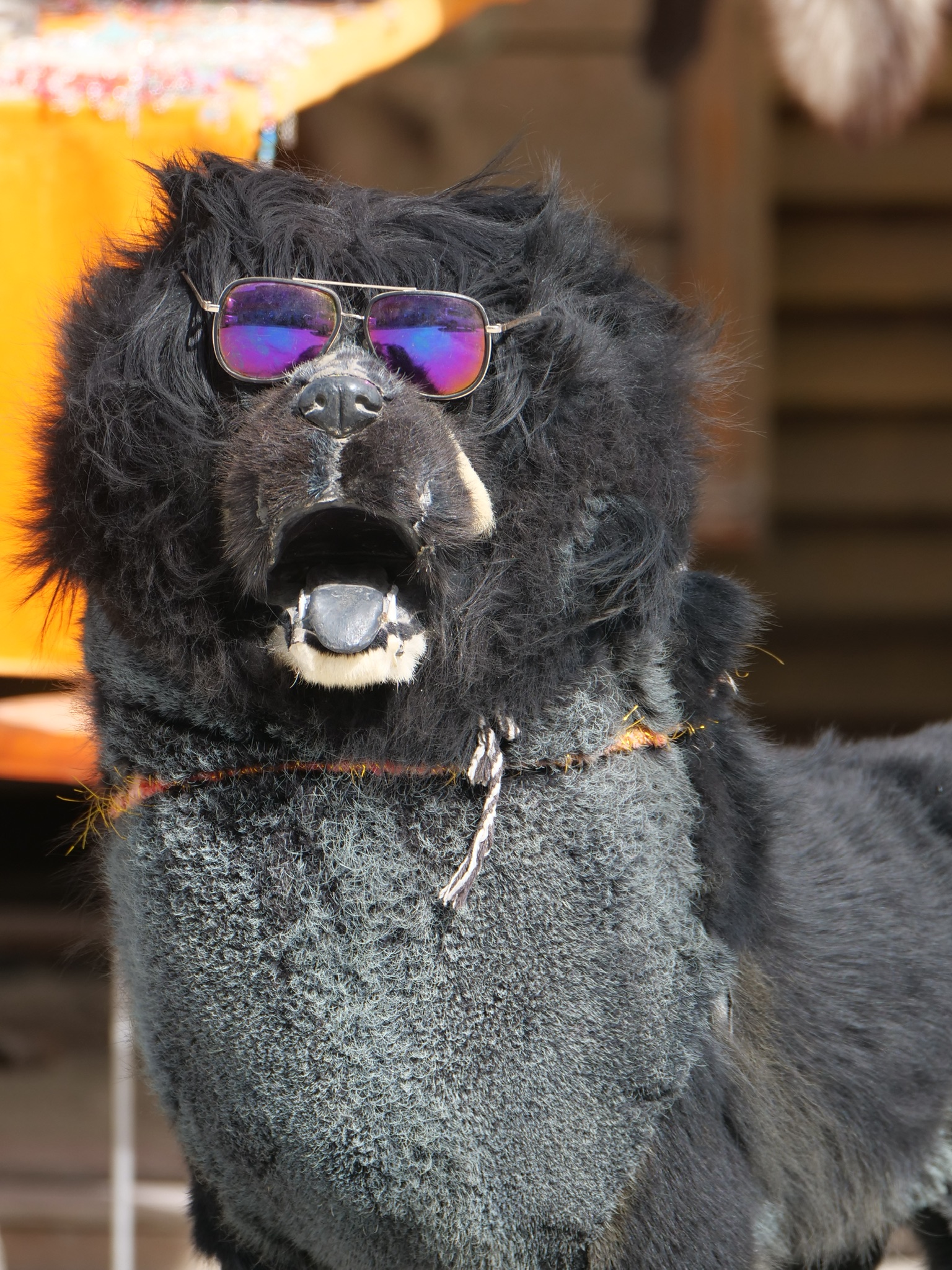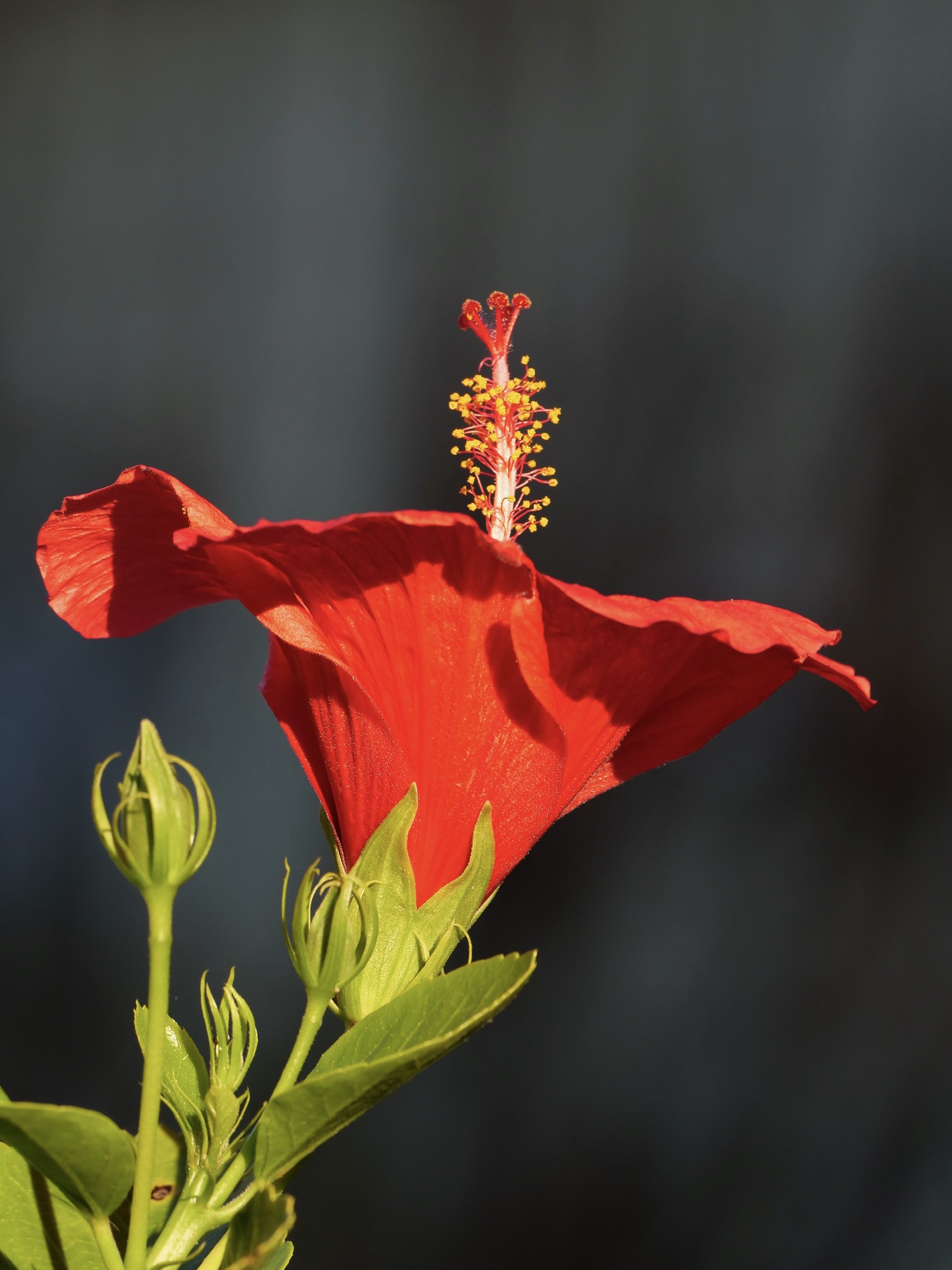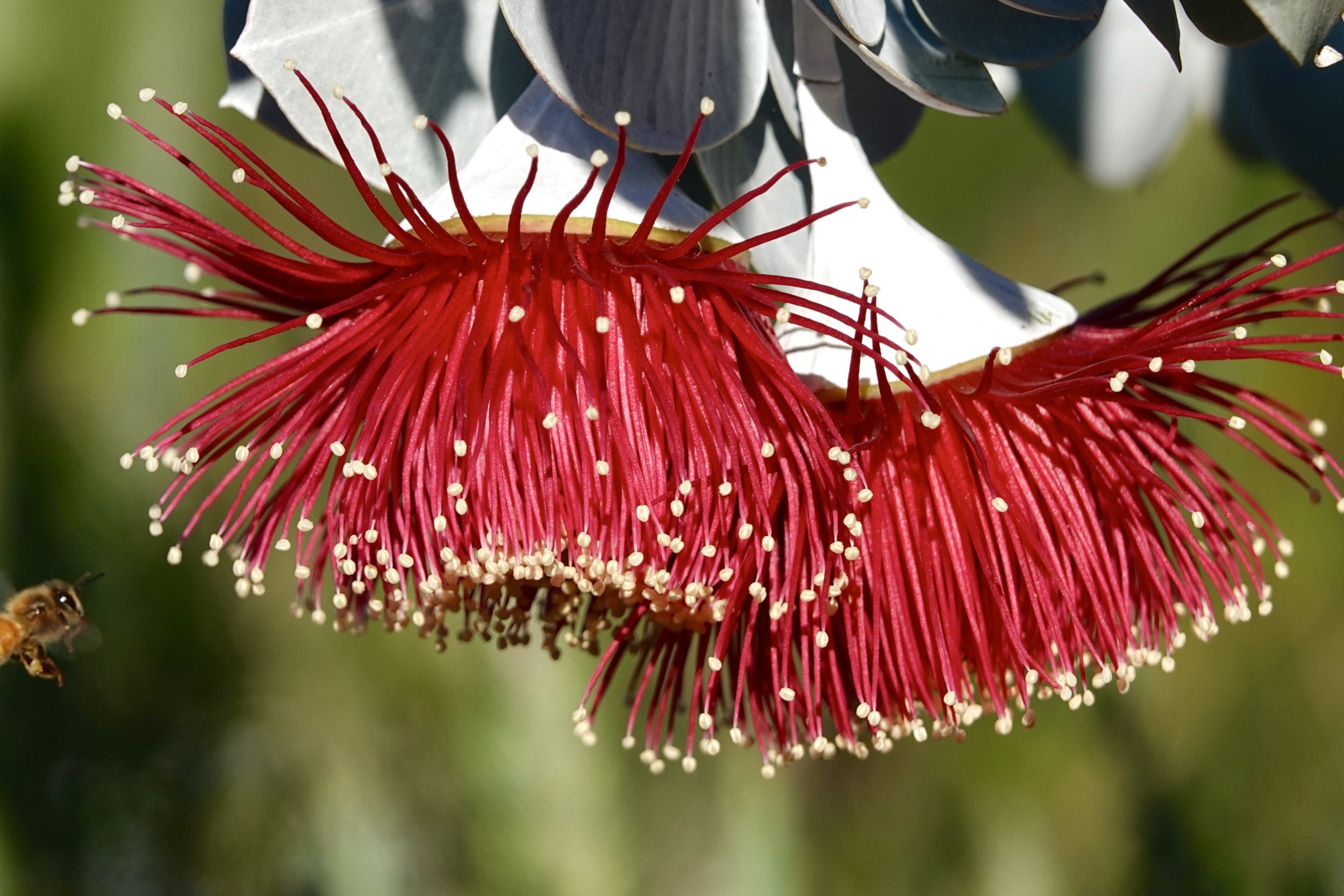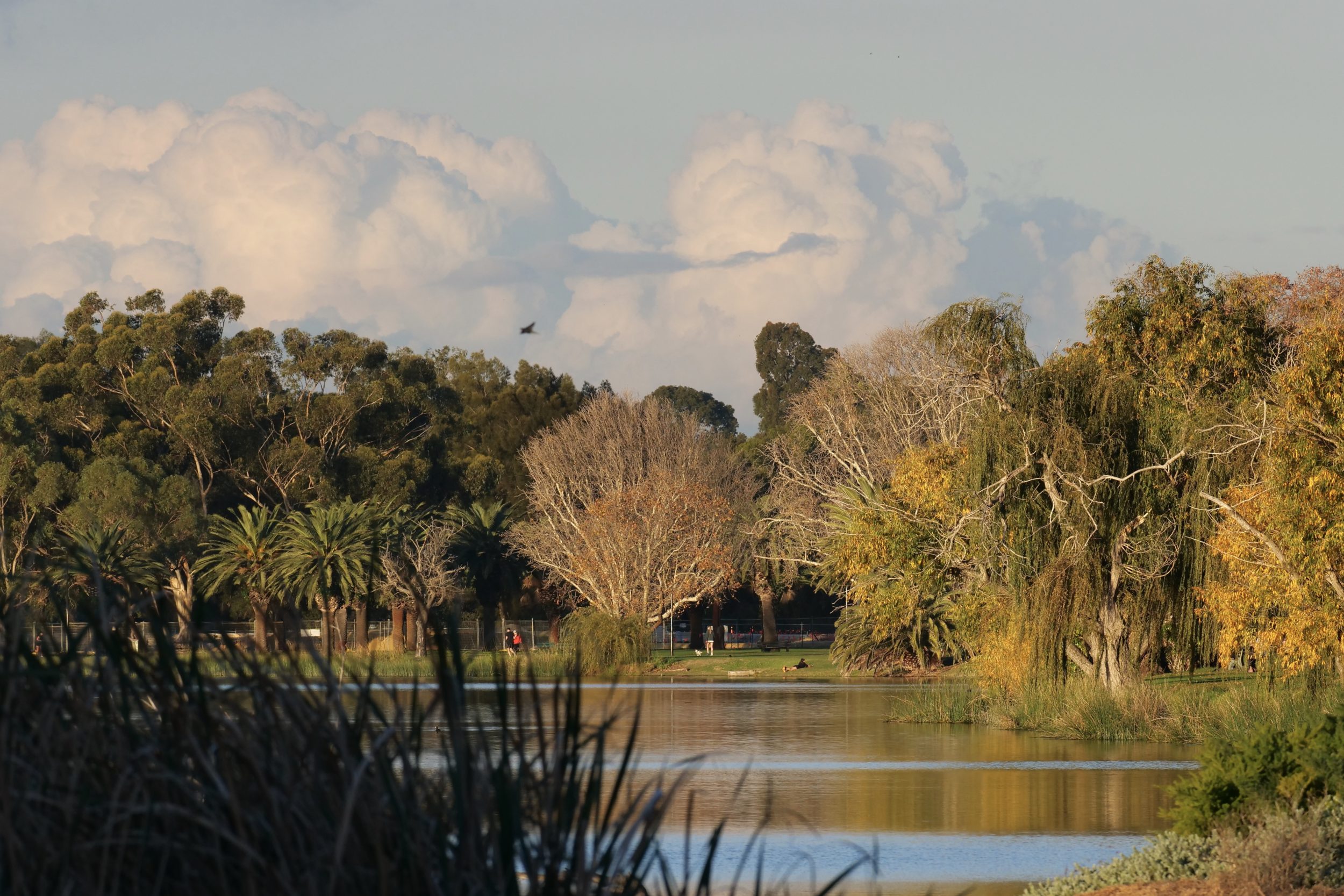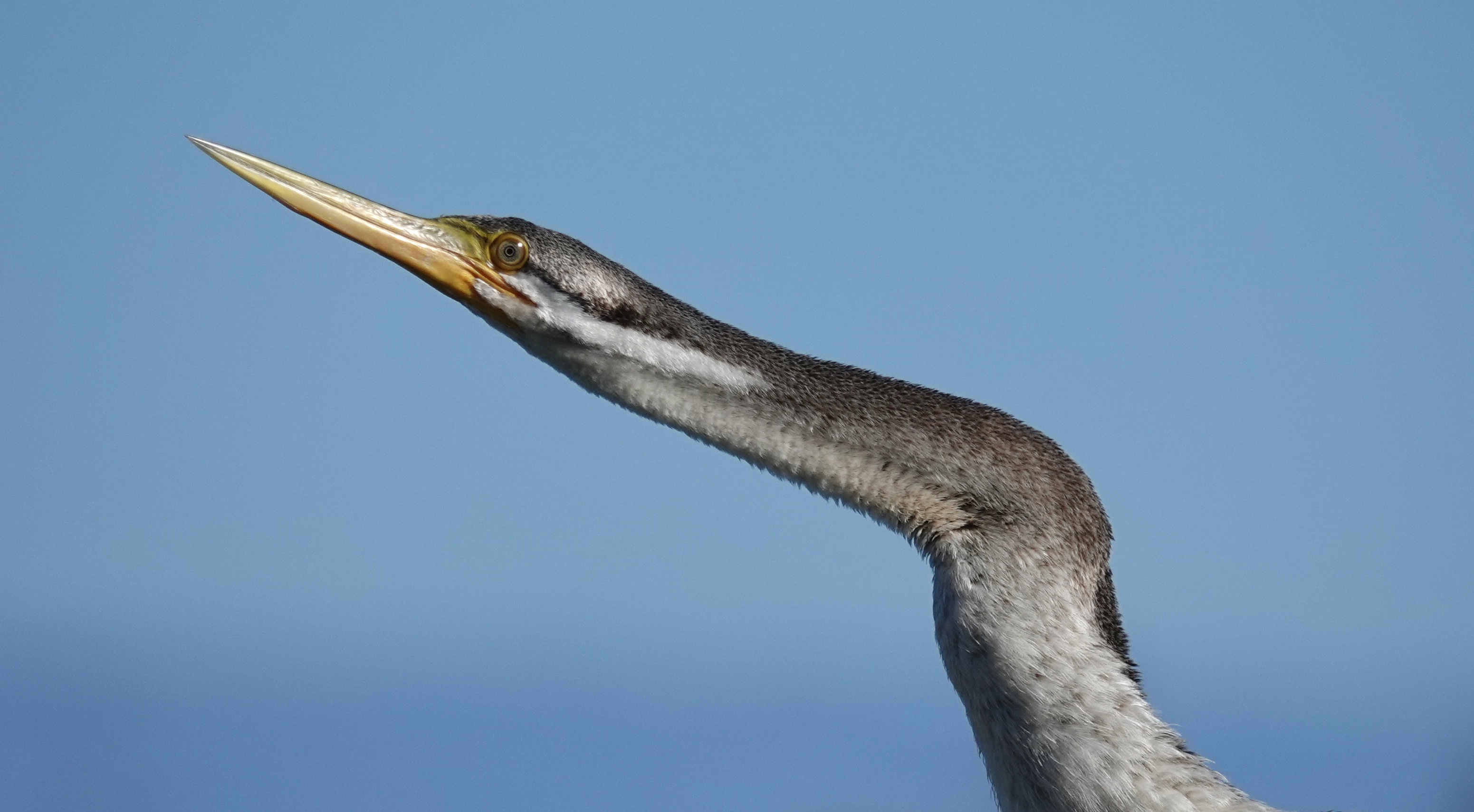Photographically speaking, Pelican Yoga – whether at home or interstate/abroad – generally inclines to wild places and/or to plants and animals that naturally occur in the relevant locations.
This post is an exception.
Its photos were taken over the last several years in assorted, “not especially remarkable” locations within the Perth metropolitan area.
In every case, I was standing on a paved or “sealed” surface.
All key species pictured are “strangers”, present only via humans having introduced them to southwest Western Australia, post-1829.
One Comment